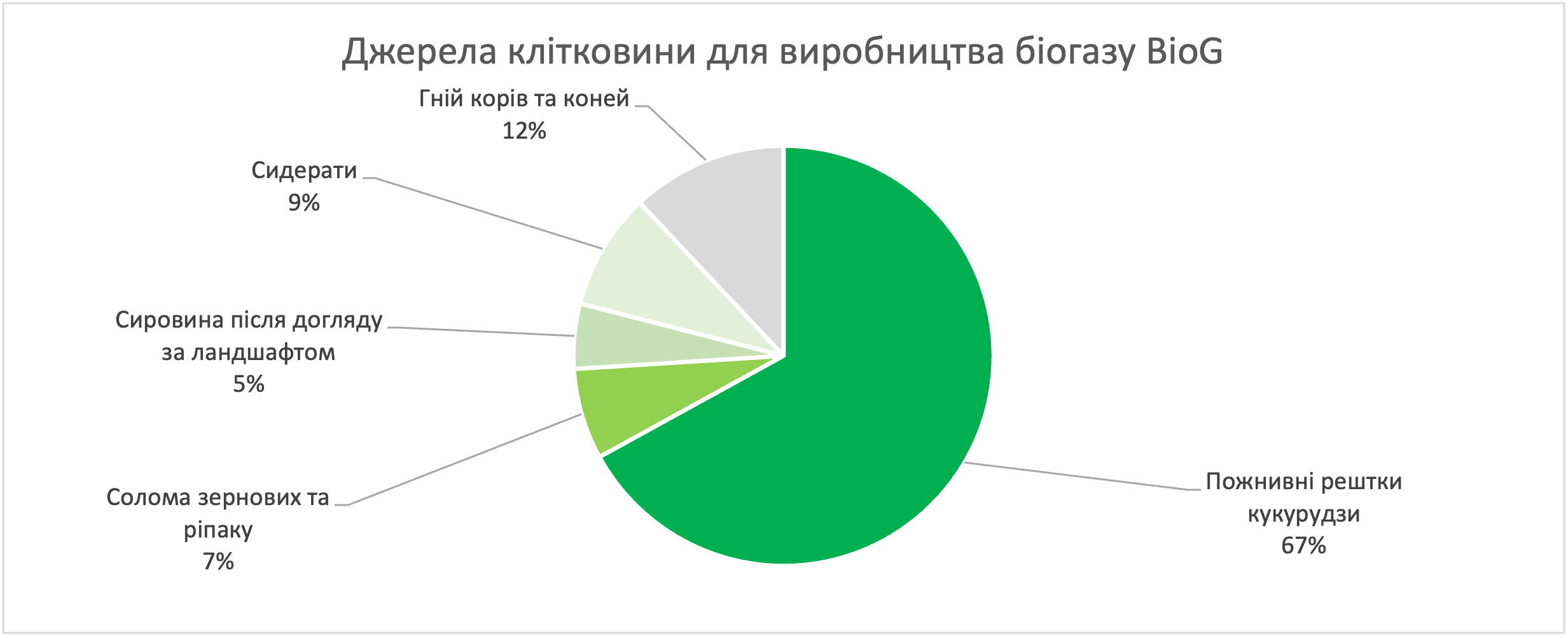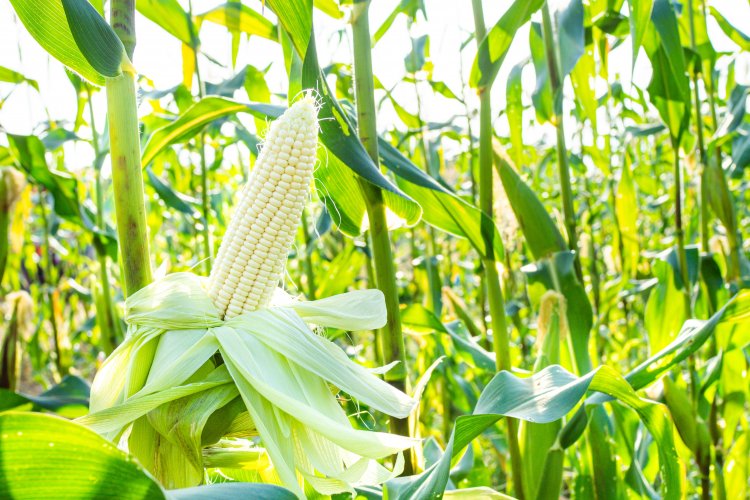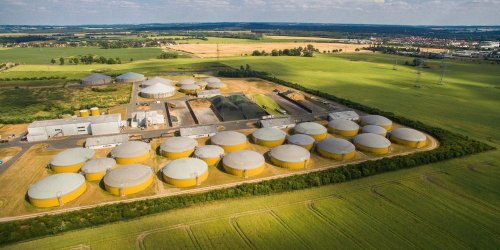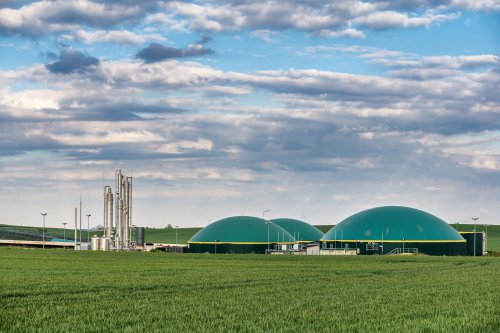In Ukraine, nutritious corn residues can become a powerful raw material for biogas production, as 1,400 m3 of biomethane can be obtained from one hectare of corn field.
After all, the restoration of the energy system after the war will take place on the basis of modernization, decentralization and environmentalization, it is reported Latifundist.
It was noted that the need for biogas in the EU is significant, but the block cannot satisfy it on its own. However, a company with a farm of 1,000 cattle can provide raw materials for a biogas plant with a capacity of 1 MW.
The authors emphasized that the necessary investment in production will amount to €4-5 million, and the biogas purification system into biomethane will cost an additional €1 million. The full payback period will reach 8-15 years.
"Actual calculations indicate the economic impracticability of using grass and corn silos for biogas production. After the cancellation of subsidies in 2016, it is more profitable to use these silos for the needs of animal husbandry. On the other hand, the share of corn harvest residues and silage from cover crops is increasing," they said.

It was emphasized in the material that corn residues have almost the same efficiency for biogas production as corn silage, but much cheaper. They do not need to be grown separately, to allocate an area or investments for this. Corn residue is available in large quantities. The technology of their preparation and storage is not complicated and does not require a lot of equipment. In addition, the selection of corn harvest residues facilitates further cultivation of the field, reduces the pressure of fusarium and pests. And the spent mass from the biogas plant is returned to the field with high-quality organic fertilizer.
It is noted that one ton of dry matter of corn harvest residues contains:
- 16 kg of nitrogen (N);
- 6 kg of phosphorus (P2O5);
- 25.5 kg of potassium (K2O);
- 6 kg of calcium (CaO);
- 6 kg of magnesium (MgO);
- 3 kg of sulfur (S);
- complex of trace elements.
"Any technology of using straw that does not return to the field will be unprofitable. Selling straw to another enterprise, burning straw, etc., is a business at the expense of soil degradation and a downward spiral," the authors emphasized.
They emphasized that corn harvest residues can be used for bedding, for biogas production or other needs, where the spent mass will be returned to the field. It is important not to exceed the permissible application rates. After all, this can cause soil siltation. It is necessary to develop a schedule and return the used mass to all the fields where harvesting of crop residues took place.
"Europe has considerable experience in biogas production. This is an actual area in which the EU is making significant investments. Our task is to study leading practices and implement them in Ukrainian conditions," the material said.
Earlier, EcoPolitic wrote, that the State Agency for Energy Efficiency and Energy Saving completed the development register of guarantees of origin of biomethane.
As EcoPolitic previously reported, Bioenergy Association of Ukraine launched interactive online maps, which reflect the land potential for growing energy crops and their existing plantations across regions.





